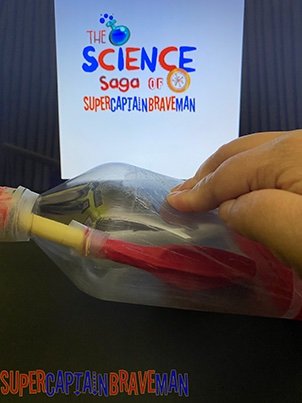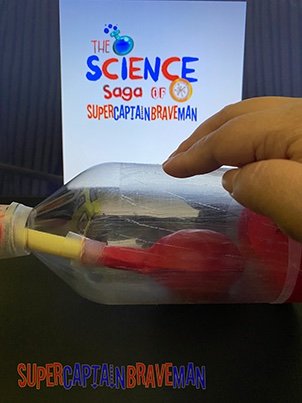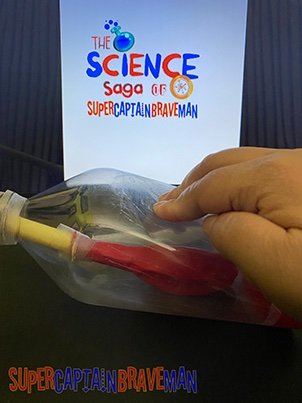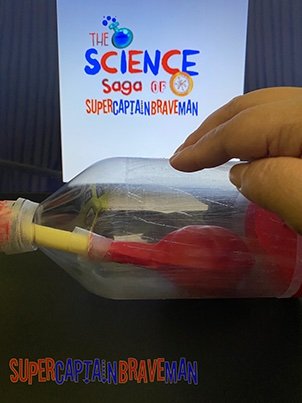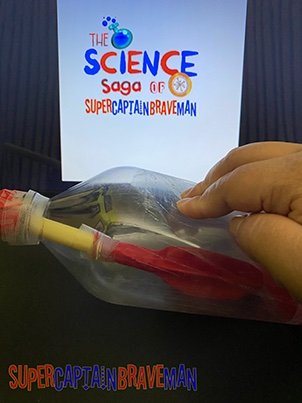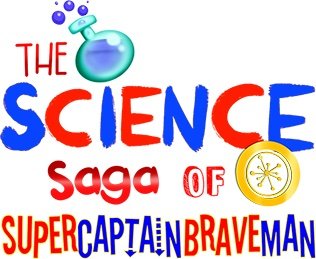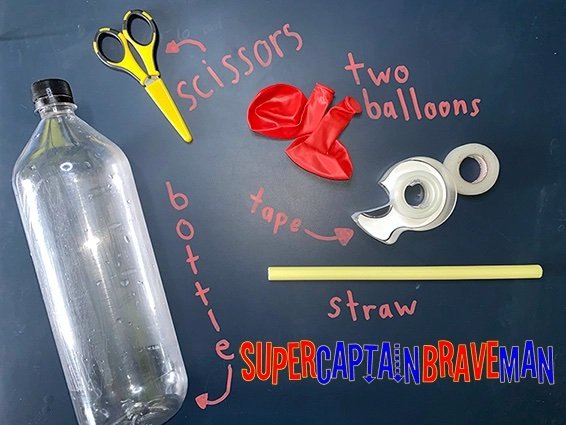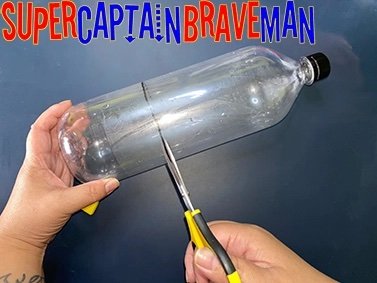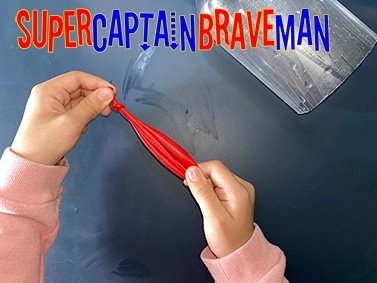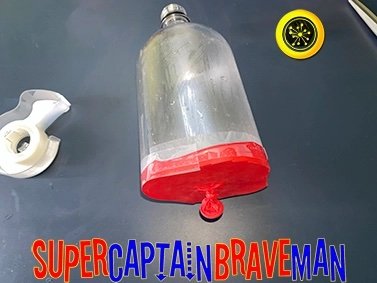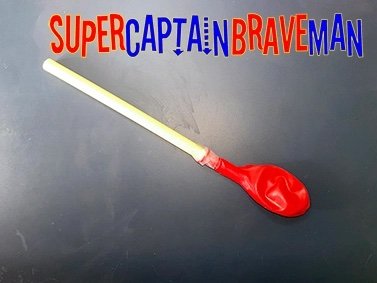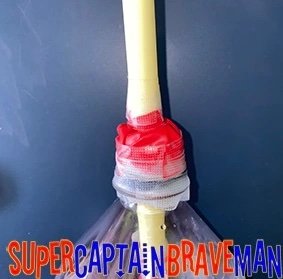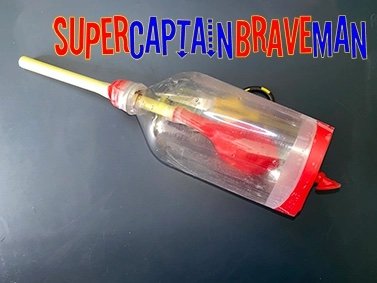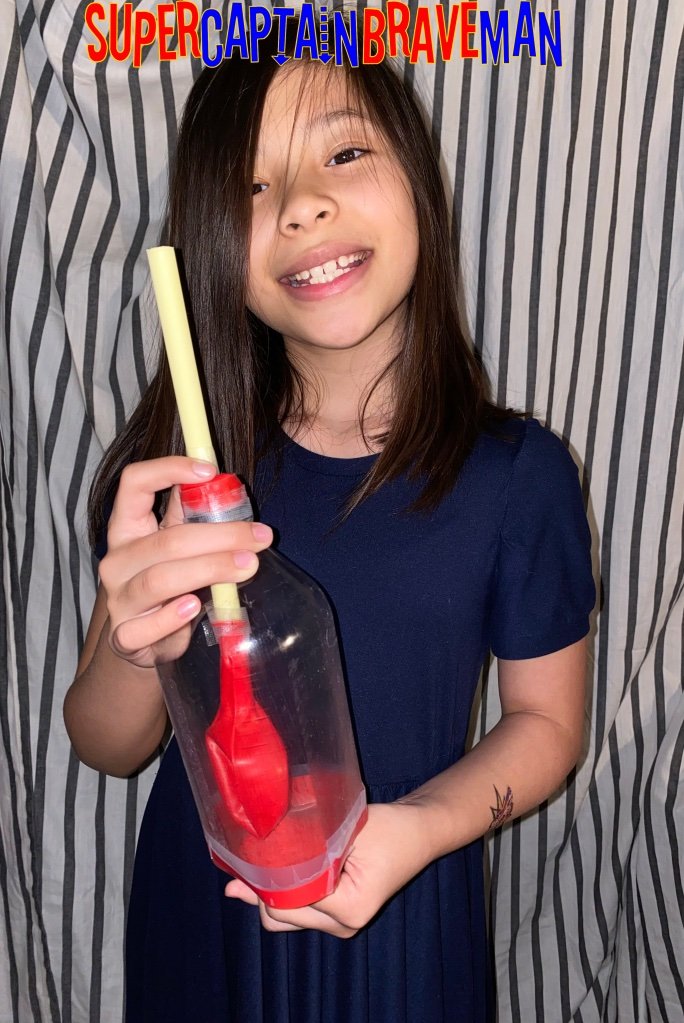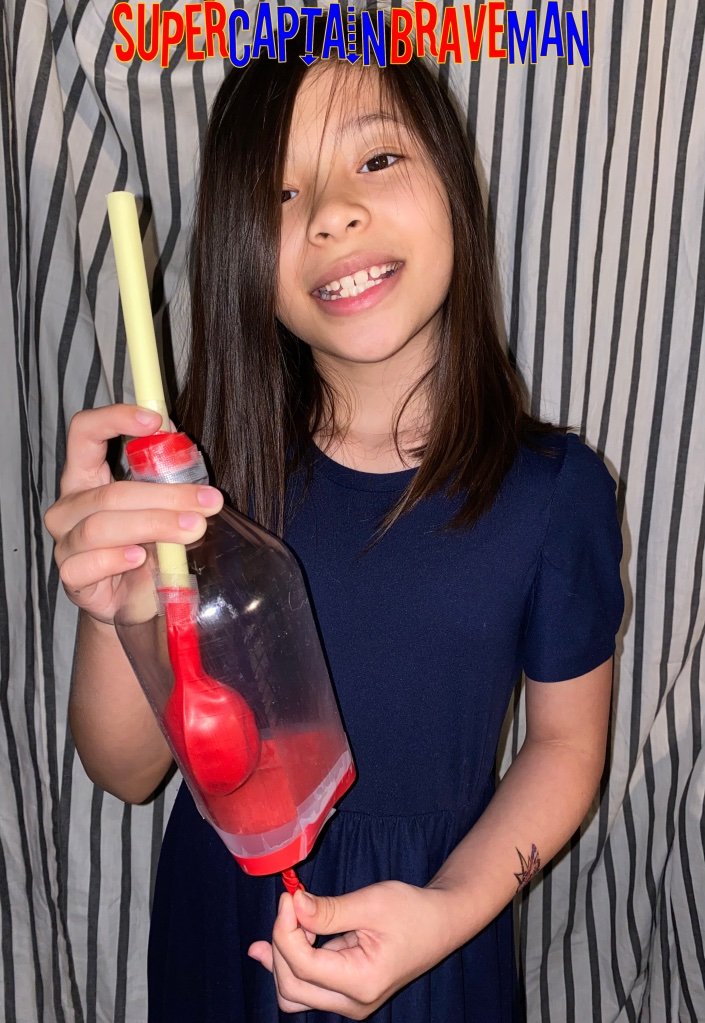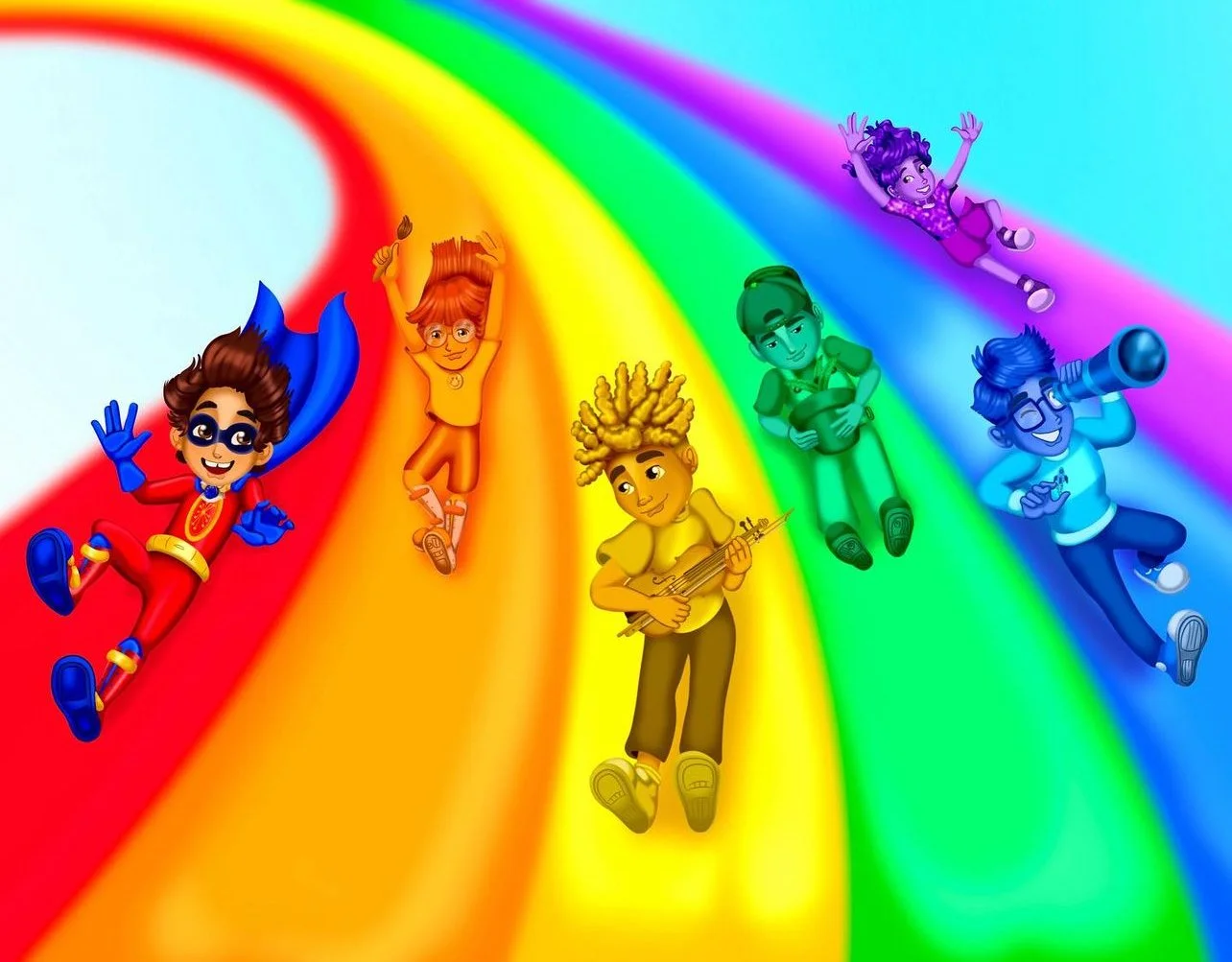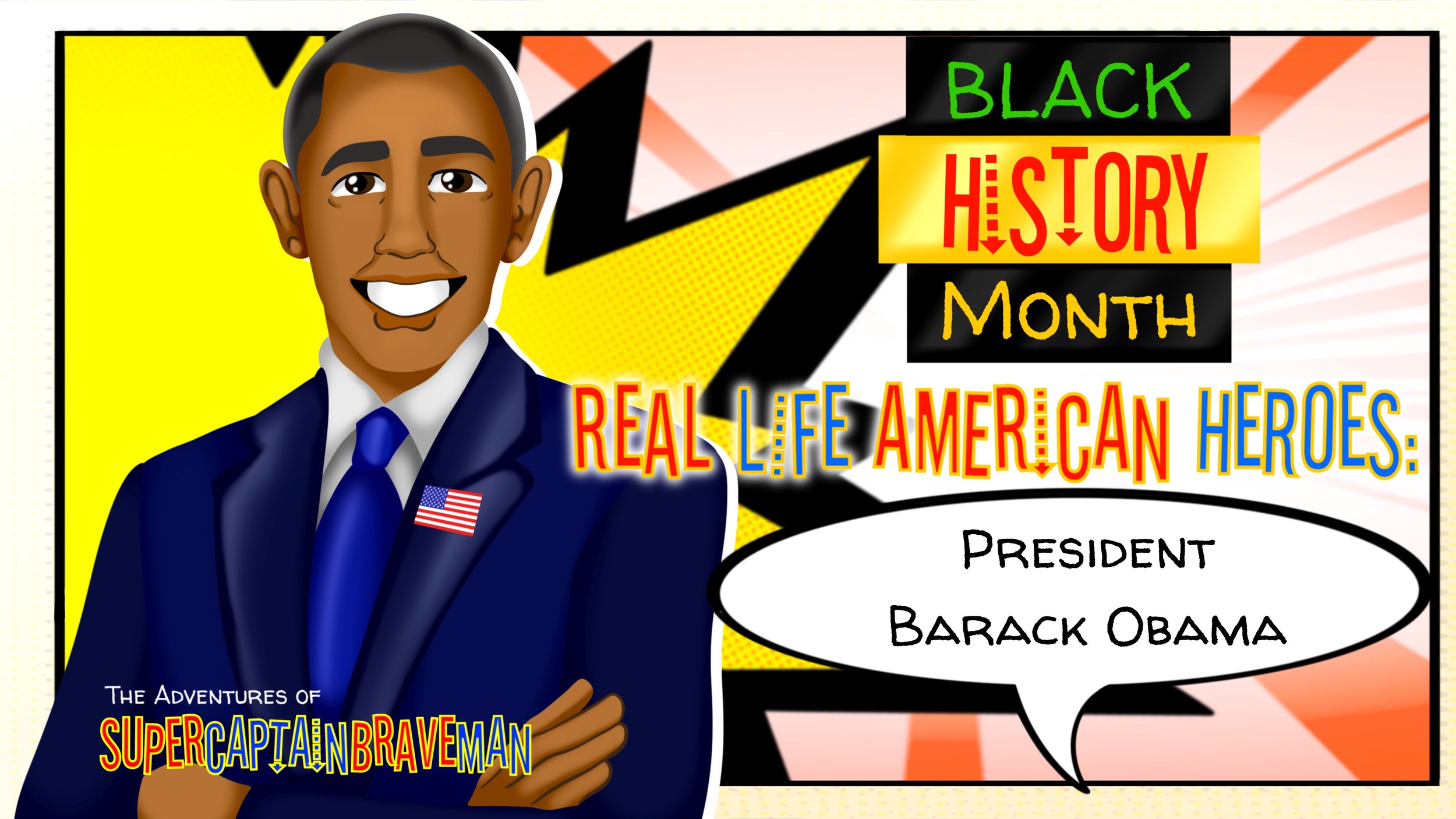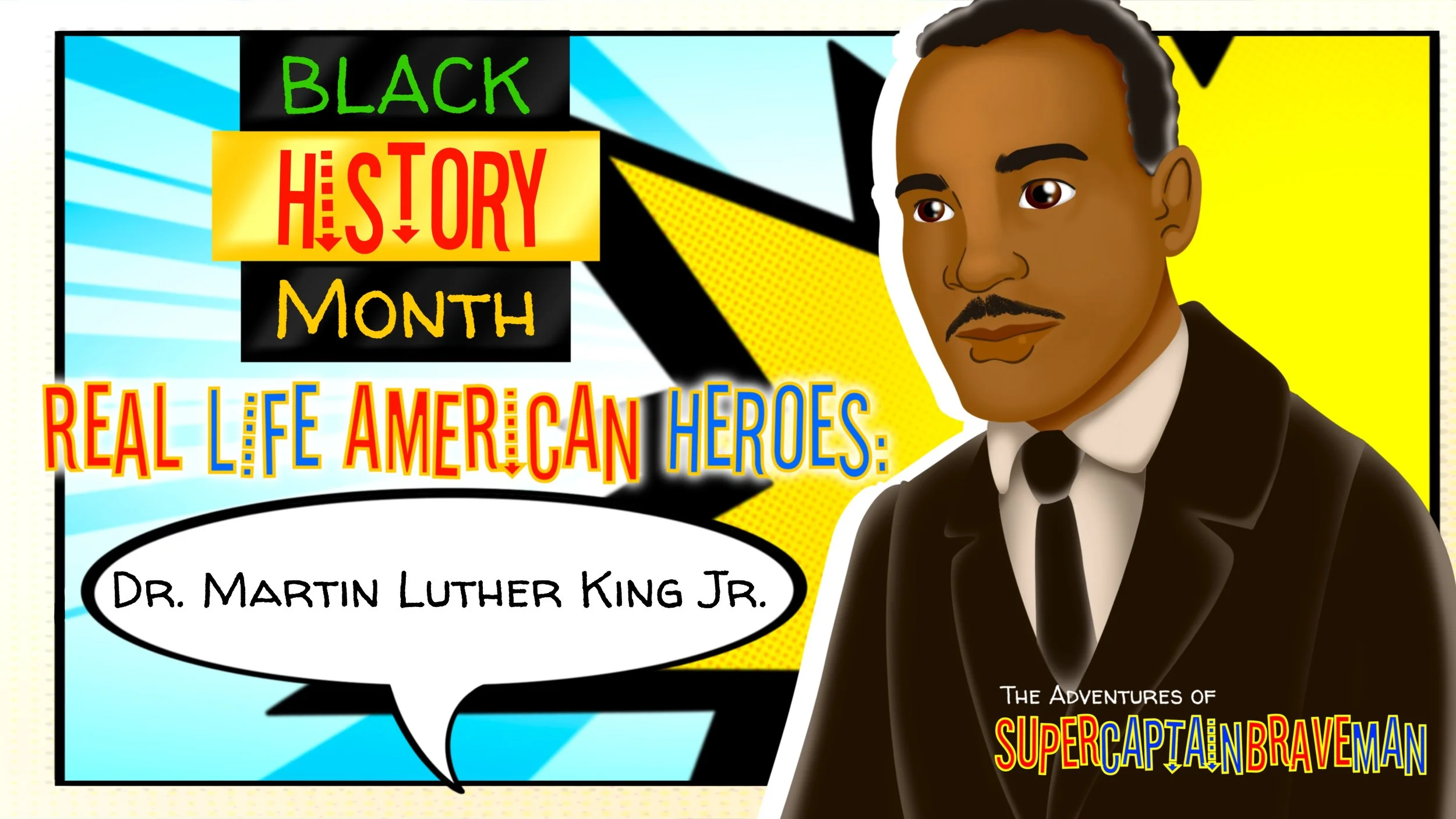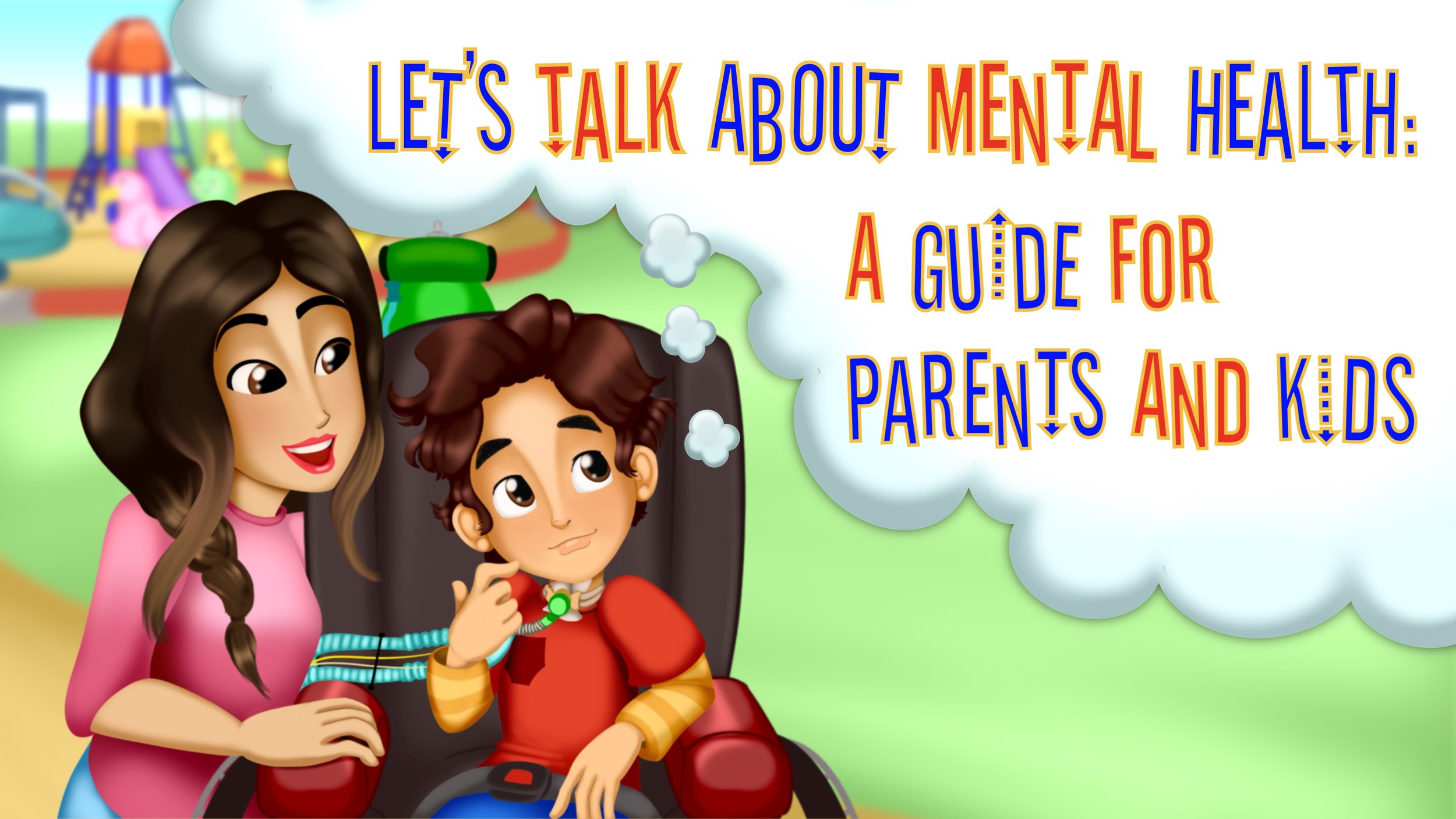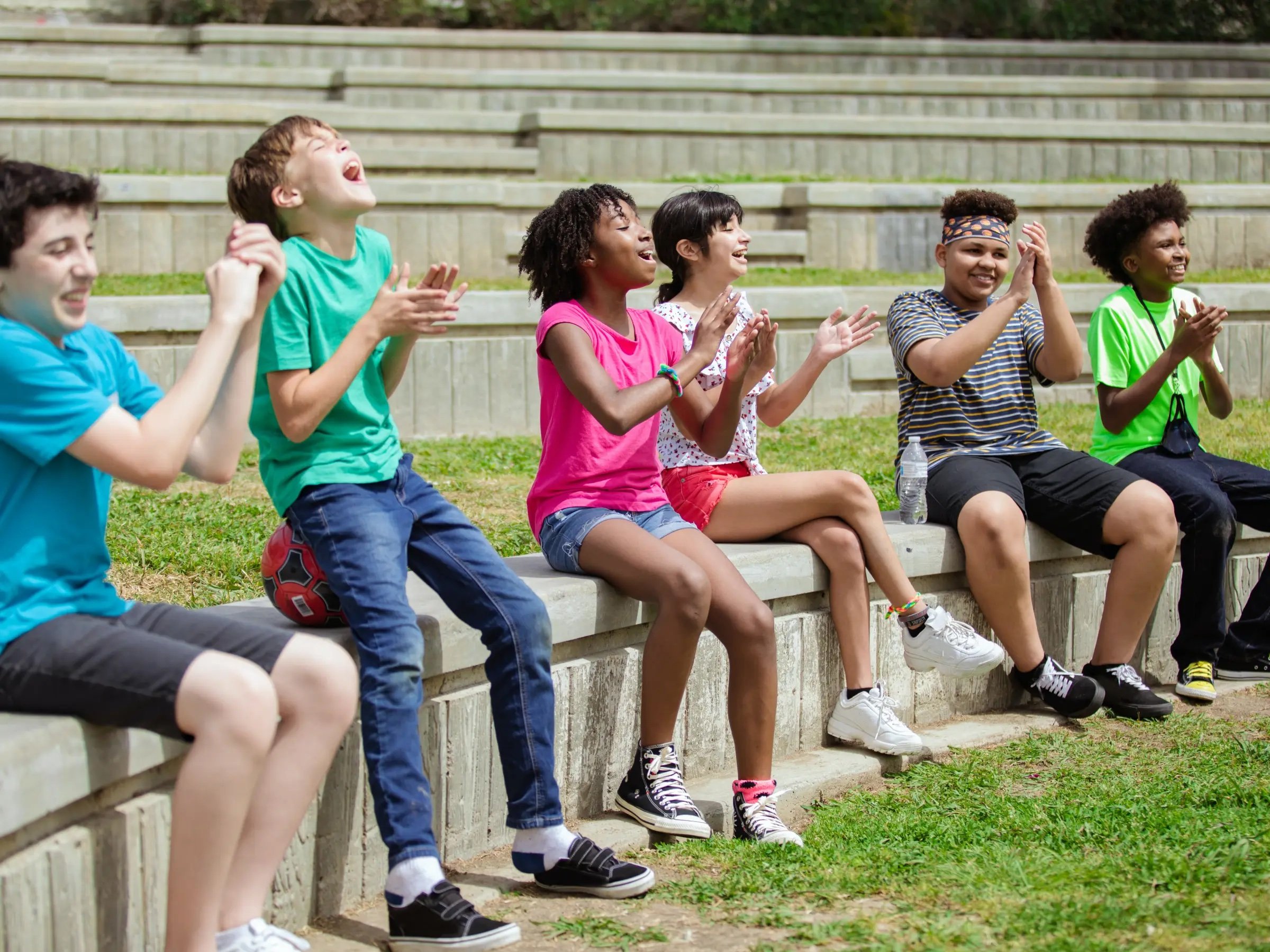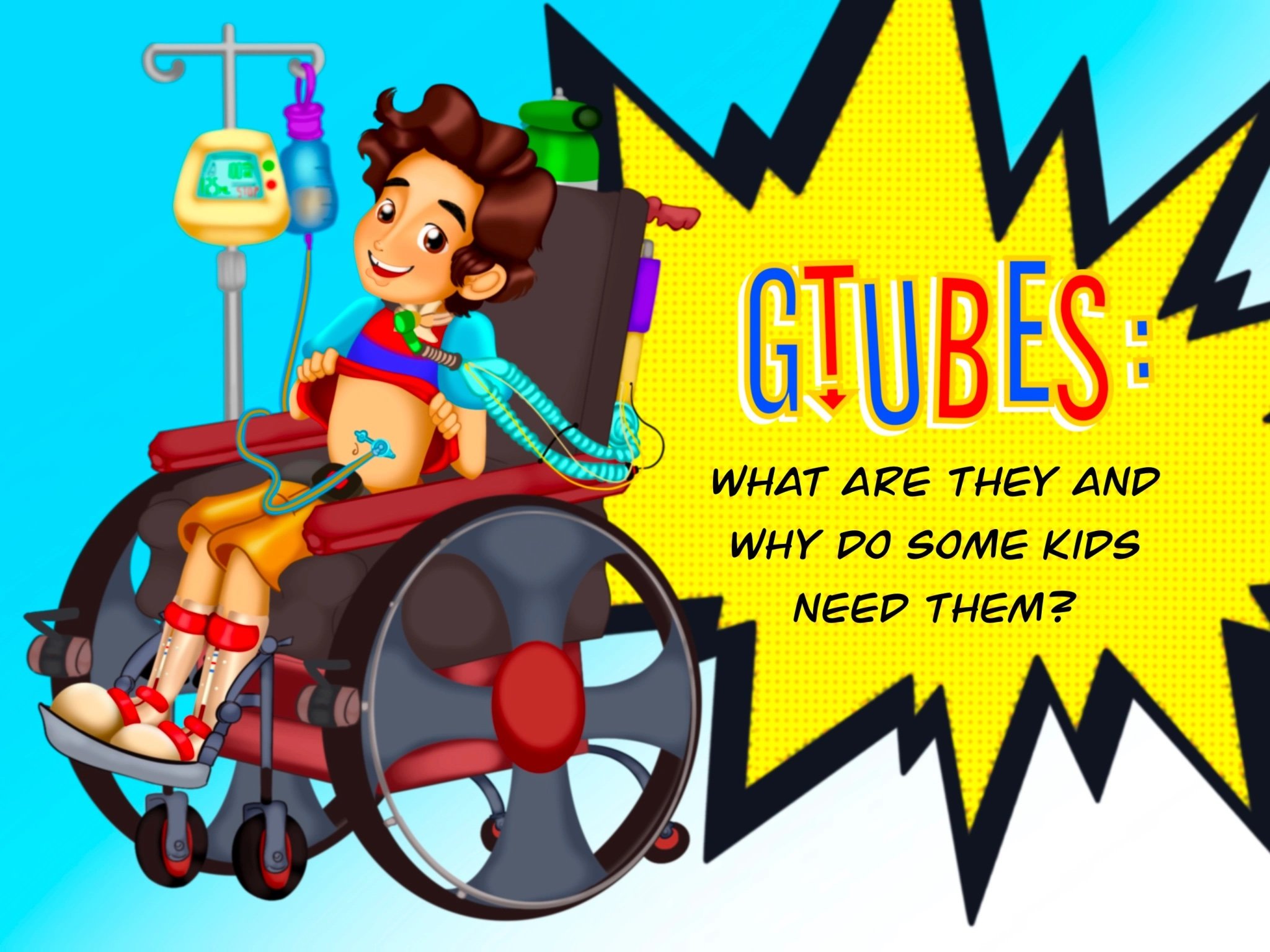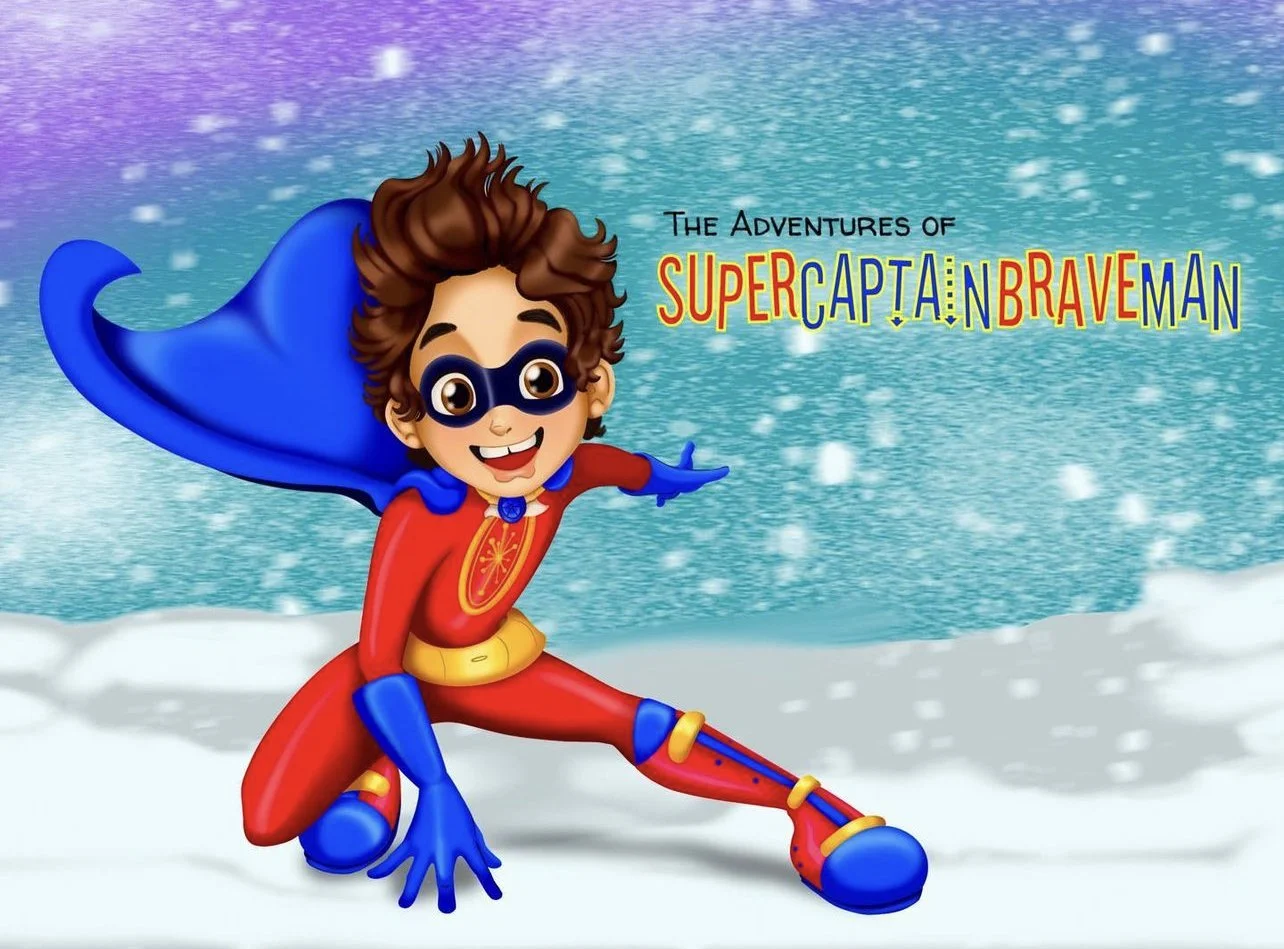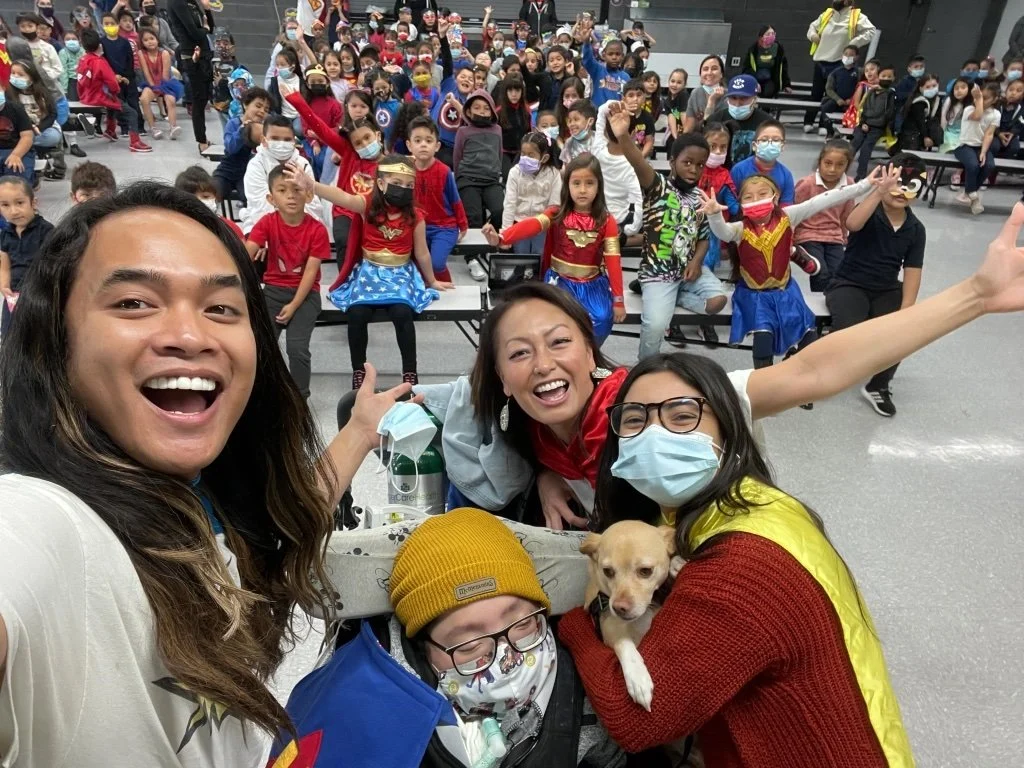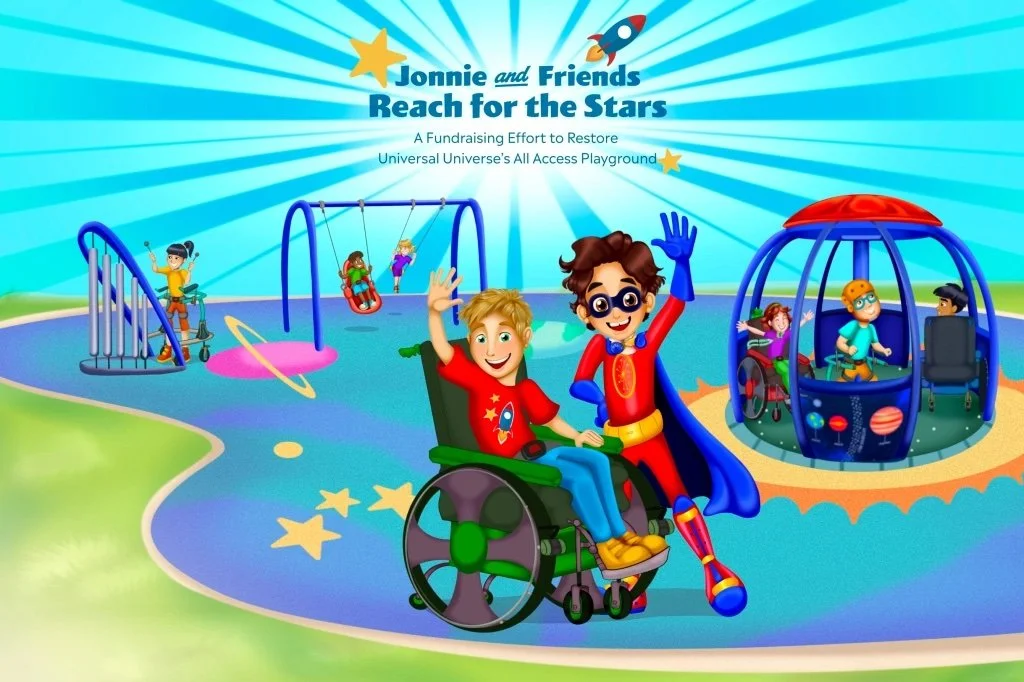Happy New Year!
/Hello to the new year!
2023 is here and we’re so excited to share our plans for the coming year.
But first, let’s catch up with what the SuperCaptainBraveMan team did in 2022!
This year, Kyle turned 16. And by the end of the year, he has grown to an amazing 4 feet 4 inches. Which means that sooner rather than later, he’ll be taller than both Nurse Brigette and Nurse Leah!
2022 was a year of collaborations for us.
Partnering with O & P in Motion, 2 murals featuring SuperCaptainBraveMan are now proudly displayed on the outside of their Los Angeles location.
We also had the privilege to collaborate with Marc Laver and his initiative, Jonnie and Friends. This inspiring initiative led the restoration of Universal Universe’s All Access Playground. We are so thankful and honored to be part of such a lovely project.
And we here at SuperCaptainBraveMan want to send out a special thanks to Fenton Primary School for hosting our first live book reading since the pandemic. We love sharing our stories with kids and have missed seeing all of the excited faces live and in person.
New Year, New Merch!
We’ve added more items to our shop! In addition to our T-shirts, you can now order hats, beanies, PJ pants, and “One Brave Kid” shirts. Even our four legged friends can get their SuperCaptainBraveMan on with our doggie kerchiefs featuring Mochi!
Head over to our shop to grab some garb to dress in SuperCaptainBraveMan head to toe!
This year—more than most—reminded us all that we are beyond grateful for each and every one of you. Your support, comments, and likes mean the world to us.
Our continued love for creative stories that showcase inclusivity are at the heart of everything we do. From diabetes to Down Syndrome, SuperCaptainBraveMan strives to teach kids about kindness, empathy, and the power to connect to the superhero inside.
Happy 2023!
Comment below with your New Year’s resolutions and hopes for the coming 12 months.
Stay safe and stay brave, SuperCaptainBraveFAM!






